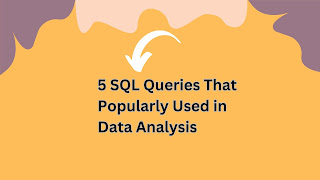IBM Cloudscape is a Java-enabled Object Relational Database Management System (ORDBMS). It supports complex SQL statements, transaction management, and provides multi-user support in the Database Management System (DBMS).
You can create two types of backups of the Cloudscape database, online backup and offline backup. You can make backups of a database and the log file of the database. When restoring the database, you need to restore the log file and the database.
The below picture shows structure of Cloudscape system.
You need to understand the structure and contents of a Cloudscape system in order to make backups and restore Cloudscape databases.
A Cloudscape system consists of a system directory, one or more Cloudscape databases, and the system properties and configuration settings.
A system directory contains a properties file called db2j.properties and an information and error log file called db2j.log. Each database in a Cloudscape system is stored in a subdirectory, which has the same name as the database.
The System Directory
To define the system directory, you need to specify the name of the directory in the db2j.system.home property. You specify the name of the directory when starting a Cloudscape system.
If you do not set this property at the time of startup, the current directory is taken as the system directory by default.
The system directory determines where you need to create and store new Cloudscape databases. In addition, it determines which configuration settings to use.
The Properties File
The properties file is a text file called db2j.properties. This text file is stored in the system directory. It contains properties settings for the entire Cloudscape system. You can set system properties, such as db2j.system.home, db2j.storage.pageSize, and db2j.infolog.append, in this file.
You need to manually create the db2j.properties file in the system directory because Cloudscape does not create this file automatically. This file enables you to specify the settings for the system-wide properties.
The Log File
The log file contains information and error messages generated by the Cloudscape system after you connect with a database. This file is called db2j.log and is stored in the system directory.
By default, Cloudscape overwrites messages in the same log file for each session. If you specify the system property db2j.infolog.append=true in the db2j.properties file, Cloudscape appends messages in the log file instead of overwriting in the log file.



.jpg)
Comments
Post a Comment
Thanks for your message. We will get back you.